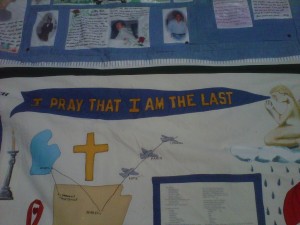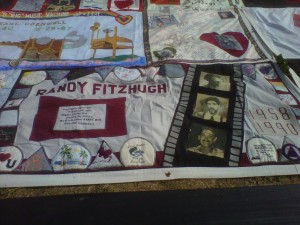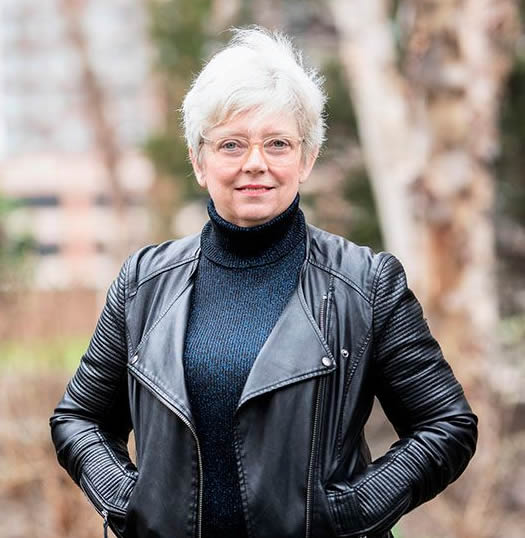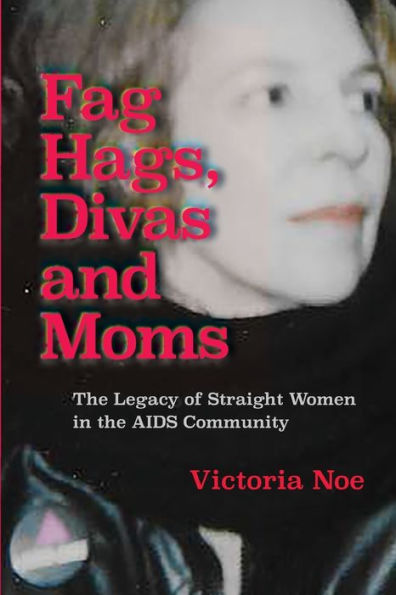“I Pray That I Am The Last”
Jul 10, 2012 by Victoria Noe, in AIDS
, AIDS Quilt
, Friend Grief
, Friendship
, Grief
, LGBTQ
, Names Project
When a friend dies, many of us struggle with a question: How can I make sure they’re not forgotten?
Not everyone is a celebrity, whose artistic creations or legislative record or exploits on the field of battle will be recounted in history books and HBO specials.
Most of the time when a friend dies, they’re just ordinary people, like us. In a world of billions, their uniqueness can be forgotten.
Twenty-five years ago, San Francisco recorded its 1,000th death from AIDS. As part of the annual candlelight march commemorating the assassinations of George Moscone and Harvey Milk, marchers were asked to make signs, each with the name of someone they knew who had died of AIDS.
Remember, this was a time of intense paranoia and fear. Many signs had only a first name and last initial, because they didn’t want identities revealed. Some had full names, and those in the crowd could be heard saying “I didn’t know he was dead”.
At the end of the march, those homemade signs were taped to the front of the Federal Building. Cleve Jones remarked that it looked like an old-fashioned patchwork quilt. And so the idea for the Names Project AIDS Memorial Quilt was born.
No one then, or certainly during those early years, ever expected it to still be growing in 2012. But unfortunately, it is.
It was quite a contrast, seeing it displayed on the National Mall, surrounded by imposing museums and landmarks. Monuments in Washington tend to be oversized and intimidating, meant to impress, and they do. They also tend to be frozen in time.
The Vietnam Memorial was a radical departure, marking an event by listing the names of every man and woman who died during that war. It was loudly criticized. But it became a standard for monuments to come, in identifying victims, such as the 9/11 Memorial in New York.
But as powerful as it is to see thousands of names carved in stone, the Quilt is much more personal. Each panel has been created – sometimes by friends and family – to reflect the humanity of someone who was killed by this still-incurable disease.
There is no better example of a living memorial. The people who designed and stitched the 48,000 panels have ensured that the 93,000 people whose names appear on them will not be forgotten.
Some were celebrities, like Freddie Mercury and Arthur Ashe, but most were not. They were men, women and children, joined only by the circumstances of their deaths. And every one had friends who mourned them.
If you have a chance to see a display of the Quilt, do so. It’s a powerful experience, whether you have a connection to the AIDS epidemic or not. And maybe it will give you some ideas of how you can preserve the memory of your friend.



